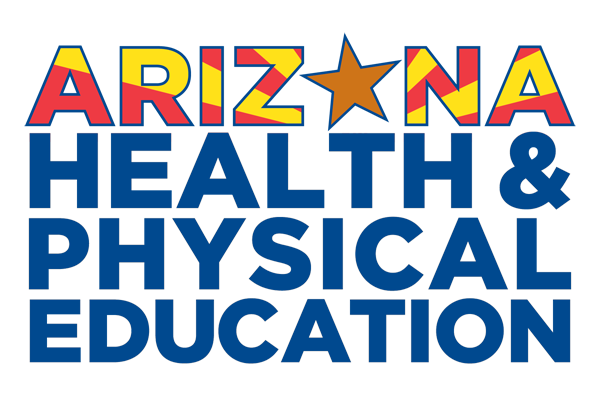Evaluation of a direct-instruction intervention to improve movement and pre-literacy skills among young children: A within-subject repeated measures design
- 1Department of Health Research Methods, Evidence, and Impact, McMaster University, Canada
- 2Department of Kinesiology, McMaster University, Canada
- 3School of Rehabilitation Science, McMaster University, Canada
- 4Faculty of Kinesiology and Physical Education, University of Toronto, Canada
Objective
School readiness involves the development of foundational skills such as emergent literacy and fundamental movement skills as well as the capacity to attentively engage in instructional situations. Children do not develop these skills naturally; therefore, they need the opportunity to develop these skills in their early years prior to entering school. The objective of the current study was to evaluate the effectiveness and feasibility of a direct instruction movement and pre-literacy intervention in children age 3-4 years.
Methods
A within-subject repeated-measures design, embedded within a wait-list control study, was used to evaluate the intervention. The intervention was run across 10 weeks with 1hour weekly sessions. Each weekly session consisted of 30 minutes of movement skill instruction (e.g. through single-step acquisition strategies), 15 minutes of free-play during which time children had access to a variety of equipment (e.g., balls, hula hoops, etc.) or toys (e.g., puzzles, building blocks), and a 15-minute interactive reading circle during which children were read a storybook and were taught 1-2 pre-literacy skills (e.g. alphabet knowledge, narrative knowledge, etc.). A convenience sample of eleven children (mean age=45.6 months, SD=7.3) was recruited. All children were assessed four times: baseline (Time 1), pre-intervention (Time 2), post-intervention (Time 3), and 5-week follow-up (Time 4). Gross motor skills and pre-literacy skills were assessed at each time point.
Results
There was a statistically significant effect of time on the change in gross motor skills (Wilks’ lambda=.090, p=.002), print-concept skills (Wilks’ lambda=.09, p=.001), and alphabet knowledge (Wilks’ Lambda=0.29, p=.046). Post-hoc analyses reveal non-significant changes between time 1 and 2 for motor and print-concept skills and significant changes in all three outcomes between time 2 and time 3.
Conclusions
Participation in a direct-instruction movement and pre-literacy program led to positive improvements in gross motor skills, print-concept knowledge, and alphabet knowledge in 3-4 year old children over time. Future research needs to evaluate the effectiveness of this movement and pre-literacy skill intervention on various other indicators of child development and health.


 Chloe Bedard
Chloe Bedard Emily Bremer
Emily Bremer Wenonah Campbell
Wenonah Campbell John Cairney
John Cairney